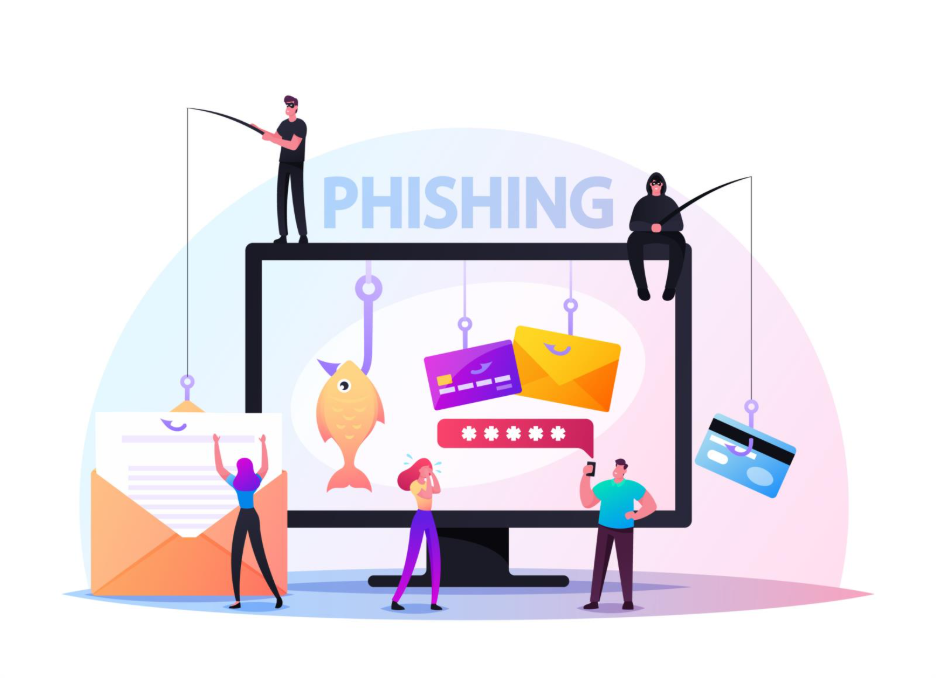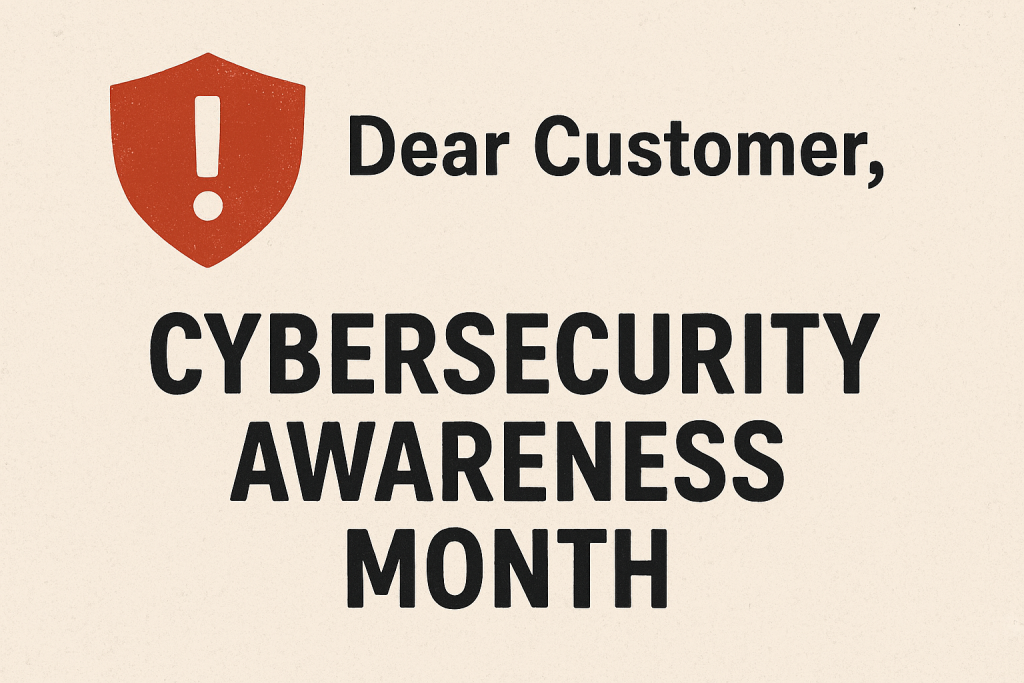Hook, Line and Sinker: Don’t get reeled in by phishing scams!
Categories: Cyber Security Awareness Month Security
If an email promises you free gift cards, asks you to verify your account, or insists that your bank will close your account in 24 hours: congratulations, you’ve just been invited on a phishing trip. But unlike real fishing, the only thing getting caught is you. Phishing is one of the most common and effective tricks cybercriminals use to steal personal information. In this article, we’ll cover what phishing is, and most importantly, what you can do to avoid taking the bait.

So, what exactly is phishing? Put simply, phishing is a form of cybercrime where attackers send deceptive messages that appear to come from trusted sources. These messages, most often an email or text, are designed to look like they’re from your bank, employer, or another authoritative organization. They often use urgent language such as “immediate action required” or “your account will be suspended” to create panic and push you to respond without thinking.
The goal is simple: to get you to click on a link, visit a fake website, and hand over sensitive information like login credentials or financial details. Once you do, cybercriminals have exactly what they need to compromise your accounts.
While anyone with an email address can be a target, phishing is especially dangerous in the workplace. Why? Because cybercriminals aren’t just after your Netflix password; they’re after sensitive data, which businesses store in bulk: financial records, client information, employee records, etc.
This is why employees are often the primary target of phishing attacks. The reality is that most employees are juggling tasks, skimming through emails, and instinctively trusting messages that look familiar, and that’s exactly what makes them such a prime target. One convincing email is all it takes.

So how can you spot a phishing attack and keep your data secure? It starts with understanding what these messages look like. If you notice an email that is asking you to take immediate action, there are a few key things to check. First, check the sender’s email address, it might look close to legitimate but is just off enough to raise suspicion. Second, pay attention to the content of the message. Many phishing emails include poor grammar, vague greetings like “Dear Customer,” or unexpected attachments. Next, be cautious of any links or buttons in the email. Even if they appear to go to a familiar website, they could take you to a fake page designed to steal your information. Lastly, consider whether the email is asking for sensitive information that a legitimate sender would never request over email. By staying alert of what phishing looks like, you can avoid falling into a trap and keep both your personal and company data safe.
Protecting yourself from phishing starts with a few smart habits. If an email feels urgent or asks for sensitive information, pause before clicking. Check the sender’s address, hover over links to see where they lead, and avoid downloading unexpected attachments. Using strong passwords, enabling multi-factor authentication, and keeping your software up to date all add extra layers of security. If something seems suspicious, report it to your IT team. Remember: when an email says “urgent” or “act now,” take a moment to pause, think, and report. Together, we can make our workplace safer.